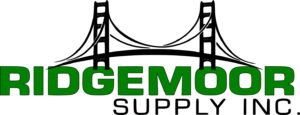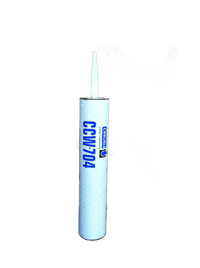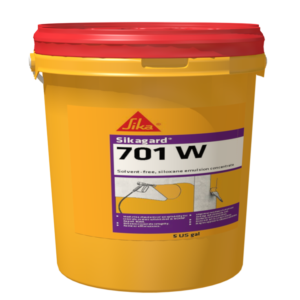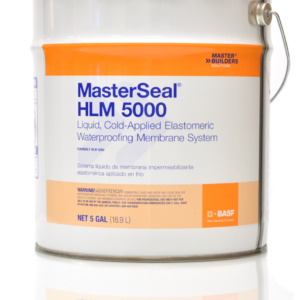DESCRIPTION
Carlisle CCW-704
is a solvent-based, rubberized bitumen mastic. After evaporation of the solvent, the remaining compound is a rubberlike material that adheres tenaciously to the polyethylene face of the sheet membrane.
CCW-704
Mastic is used as a secondary seal on the seams, T-joints, overlaps and other terminations/penetrations of the CCW sheet membrane systems. It is designed for use on the top surface and edges of the CCW sheet membrane and should never be used underneath the membrane.
Coverage Rate
A ½” bead yields approximately 100 linear feet per gallon. Estimate one 30-oz. tube for T-joint and end lap treatment for every 200 sq. ft. of membrane installed.
Warnings/Hazards
Contains combustible solvents. Use only with adequate ventilation. Avoid contact with the skin, especially open breaks in the skin. In the event of skin contact, remove immediately and wash with hot, soapy water. Refer to MSDS before use for other warnings and product information.
Packaging
30-oz. cartridges/12 cartridges per case, P/N 304737 Five-gallon pails/45 pails per pallet, P/N 305360
CCW-702 is a quick-drying, solvent-based, high-tack adhesive specifically designed to promote maximum adhesion of CCW Membrane Waterproofing products.
INSTALLATIONS
Apply by medium (3/8″ for best results) nap roller or brush in an even film at 300 to 350 square feet per gallon. Caution must be taken not to apply excess contact adhesive which could cause longer drying times. Allow adhesive to dry for 20 minutes maximum at 75°F. Porous substrates require additional material, reducing the coverage rates for proper adhesion. Adhesive has a satisfactory cure when surface is tacky, but will not transfer when touched. Apply only in areas to be waterproofed the same day. Reapply if area becomes dirty or wet. When used in adverse climactic conditions (i.e. humid, cool, etc.) or on a porous substrate, additional time will be required. All fluid-applied product application rates are based on theoretical coverage relative to the percentage of solids in the material. These are minimum application rates to achieve the required dry film thickness for the system and do not account for substrate condition or porosity. A thicker application of the product may be necessary to achieve the required dry film thickness for system relative to the substrate. Apply to any surface the same day of application of membrane.
Surface Preparation for Gypsum-Sheathing with Glass-Mat Facers:
When installing CCW sheet membranes and sheet flashings over gyp-sheathing with glass-mat facers, coverage rates for contact adhesives and primers will depend on the porosity and texture of the sheathing and will vary substantially by gypsum-sheathing brand and manufacturer. To achieve consistent contact adhesive and/or primer coverage with adequate tack, it may be necessary to decrease the coverage rate (i.e. Increase the amount applied) of the contact adhesive and/or primer and/or the application of multiple coats. CCW Contact adhesives and primers shall be allowed to dry completely (lower temperatures will extend drying time) before additional coats are applied or membranes installed. Caution should be taken as contact adhesives and/or primers applied to gyp-sheathings with glass-mat facers will take longer to dry than other substrates. Multiple adhesion tests should be performed randomly to verify proper application of primer and ensure a successful application.







